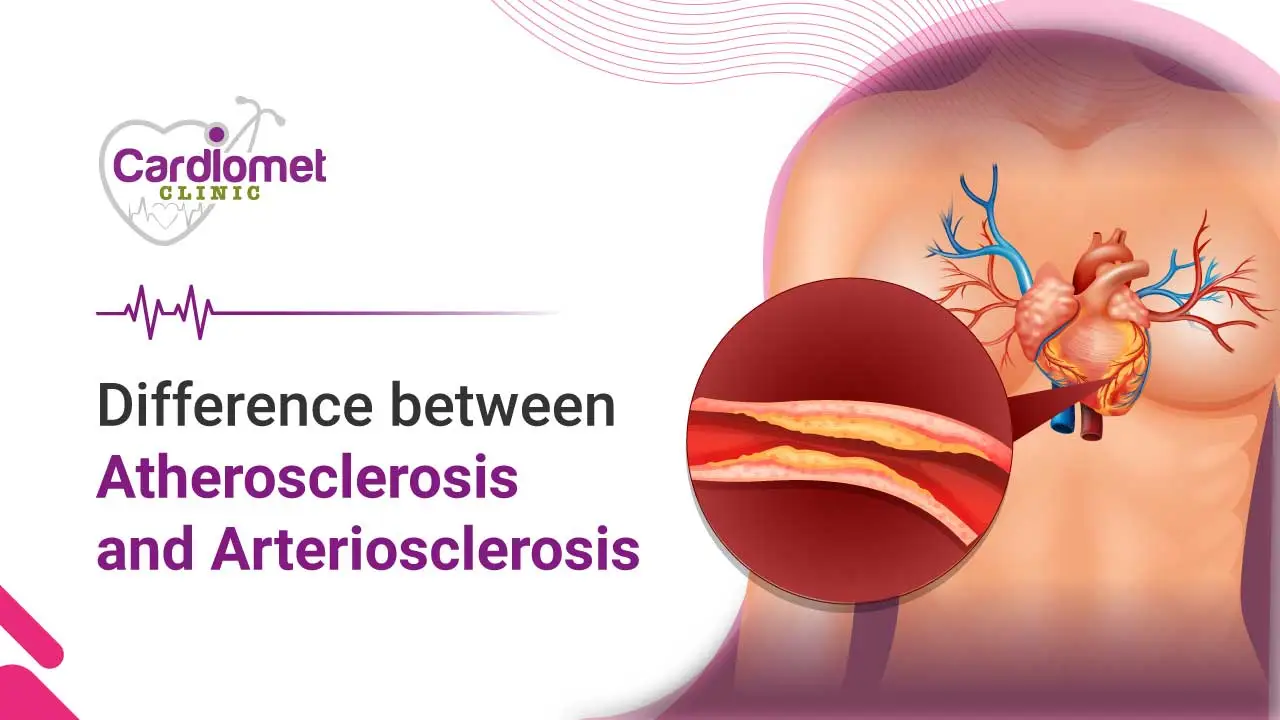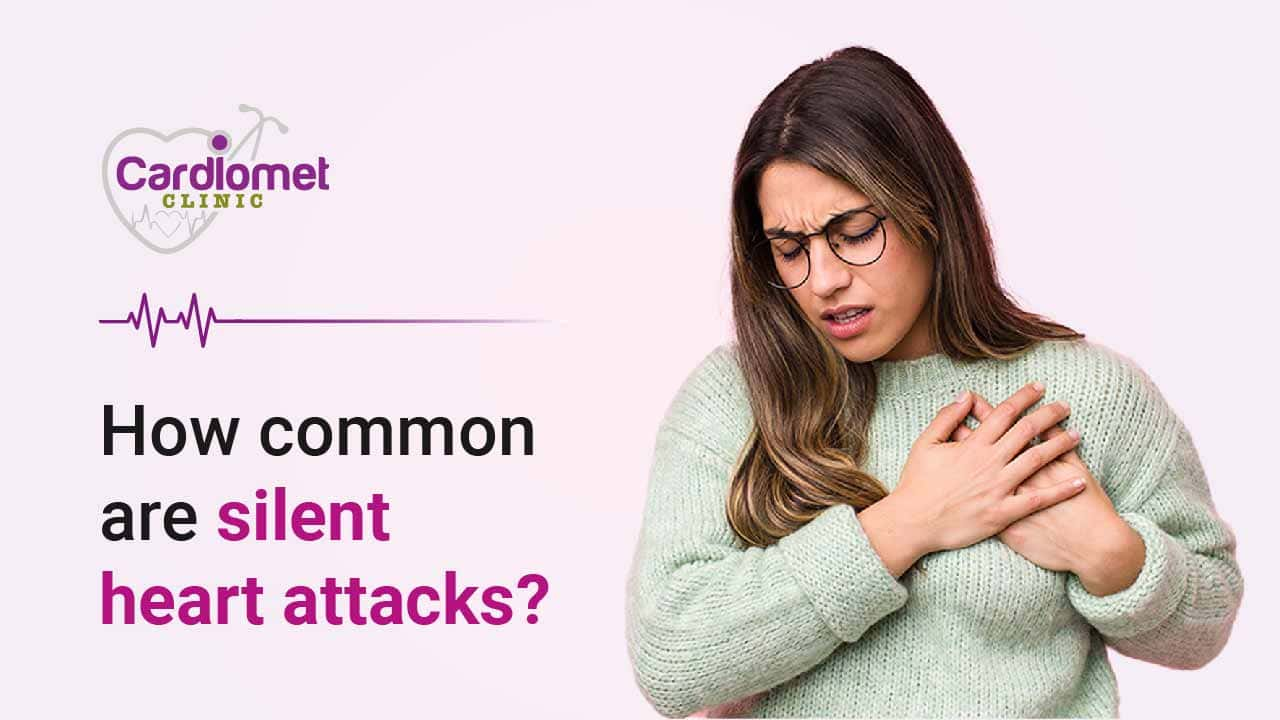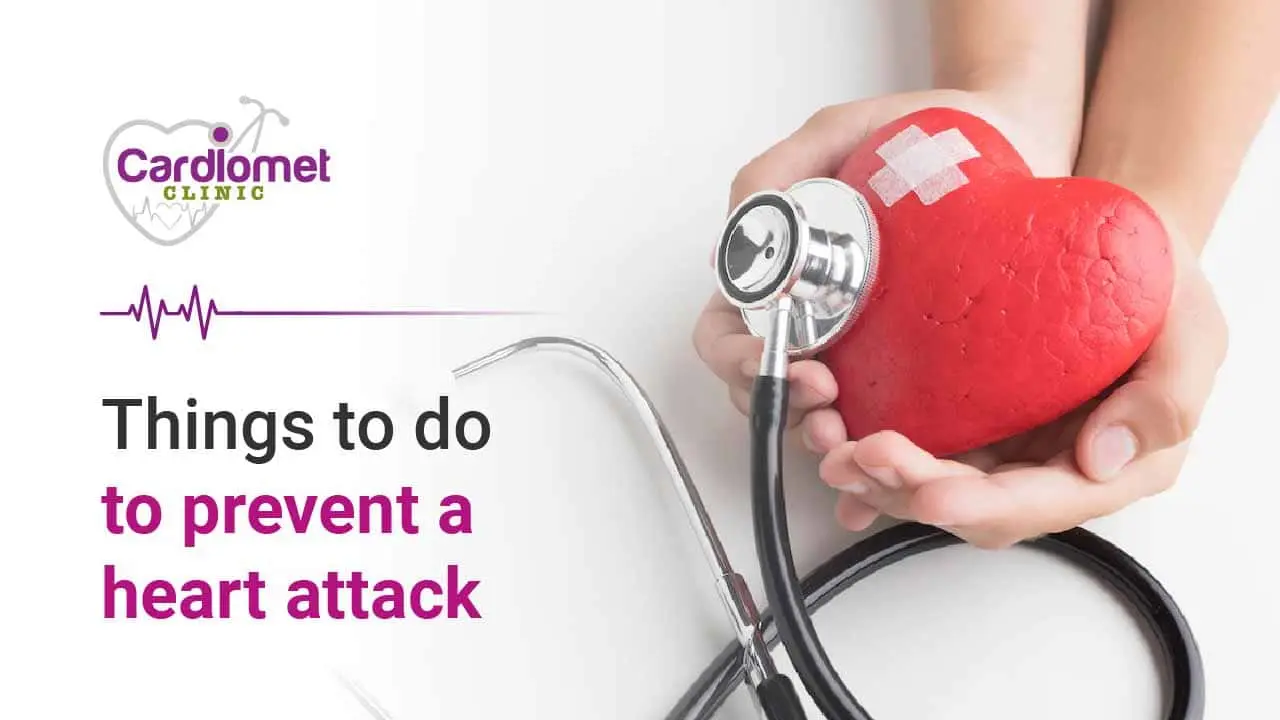Difference between Atherosclerosis and Arteriosclerosis
Do you suffer from high cholesterol, hypertension, or diabetes? If so, then you may have a condition called atherosclerosis.
Atherosclerosis is the hardening of the arteries due to the buildup of plaque within them and can lead to serious health problems such as strokes and heart attacks.
But it's not just atherosclerosis that can cause these issues; arteriosclerosis can too. These two conditions are similar but distinct in important ways.
To learn more about the similarities and differences between atherosclerosis and arteriosclerosis, scroll down.


- You can Jump On:
Atherosclerosis
Atherosclerosis is caused by a buildup of cholesterol, fats, and other substances in the arteries that are then hardened. This can lead to a narrowing of the arteries which makes it harder for blood to flow through them.
It's important to note that atherosclerosis is not just caused by high cholesterol or diabetes; it can also be caused by genetics, lifestyle choices such as smoking or eating unhealthy diets, stress, and aging.
4 stages of atherosclerosis
Atherosclerosis is a progressive condition that generally occurs in four stages:
- Fatty streak formation :
- Fibrous plaque formation :
- Blocked artery or arterial narrowing :
- Rupture of plaques :
In its earliest stage, atherosclerosis begins when fatty deposits called lipids accumulate in the walls of the arteries.
Next, the lipids form a fibrous cap over the plaque, making it harder for your blood to flow normally through the artery.
At this stage of atherosclerosis, a buildup of cholesterol-rich plaques and inflammation cause the artery to become narrowed or blocked.
The most serious consequence of atherosclerosis is that ruptured plaques can cause blockages resulting in heart attack or stroke.
Types of atherosclerosis
Atherosclerosis is broadly divided into two types:
- Coronary artery disease (CAD) :
- Peripheral artery disease (PAD) :
This is the most common type of atherosclerosis, and it occurs when the arteries that supply blood to the heart become clogged or hardened due to a buildup of cholesterol and other substances.
This type of atherosclerosis affects the arteries in the legs, arms, and elsewhere in the body, causing pain and decreased circulation in those areas.
Treatment for atherosclerosis
Treatment for atherosclerosis generally includes lifestyle modifications, medications, and/or procedures.
- Lifestyle modifications :
- Medications :
- Procedures :
These can include quitting smoking, managing stress levels, eating a healthy diet low in saturated fats and cholesterol, maintaining a healthy weight, and exercising regularly.
Depending on the severity of your atherosclerosis, your doctor might prescribe medications such as statins or cholesterol absorption inhibitors to help lower your cholesterol levels and reduce your risk of heart attack or stroke.
If lifestyle changes and medications don't provide enough relief, more invasive procedures may be required, such as angioplasty or bypass surgery.
Arteriosclerosis
Arteriosclerosis is similar to atherosclerosis, but instead of fatty deposits hardening the artery walls, calcium deposits do so.
As with atherosclerosis, arteriosclerosis can cause narrowing of the arteries, leading to health risks such as stroke or heart attack.
Like atherosclerosis, this condition can be caused by genetics, lifestyle choices, stress, and aging.
Stages of Arteriosclerosis
Arteriosclerosis has three stages :
- Early stage :
- Moderately advanced stage :
- Severely advanced stage :
This is the first stage, when cholesterol and other substances start collecting in your artery walls. You may experience no symptoms at this point.
In this second stage, plaque begins to accumulate in the arteries, increasing your risk for a heart attack or stroke. Symptoms such as chest pain and shortness of breath may begin to appear.
The final stage is characterized by an even greater buildup of plaque and a higher risk of serious cardiovascular events such as stroke or death.
The symptoms are typically more severe in this advanced stage, and treatments will likely involve more invasive options such as surgery or angioplasty.
Types of arteriosclerosis
Arteriosclerosis is a general term for various conditions that affect the arteries. The most common types of arteriosclerosis include:
- Atherosclerosis :
- Arteriolosclerosis :
- Monckeberg’s sclerosis :
This is the most common form of arteriosclerosis and occurs when cholesterol and other substances build up in your artery walls, forming plaque.
This type of arteriosclerosis affects small arteries and can be caused by high blood pressure and diabetes.
This is a condition that causes calcium deposits to build up on the inside of your arteries, which can lead to narrowing or blocked vessels.
Treatment for arteriosclerosis
Treatment for arteriosclerosis depends on the type of arteriosclerosis you have and how far it has progressed. Common treatment options include:
- Medication :
- Diet and exercise :
- Surgery :
Statins, ACE-inhibitors, anticoagulants, and other medications may be used to lower cholesterol levels, improve blood pressure, and reduce inflammation.
Eating a healthy diet and getting regular physical activity can help manage risk factors associated with arteriosclerosis, such as obesity and high cholesterol.
In advanced cases of arteriosclerosis, more invasive treatments like stent placement or bypass surgery may be necessary to restore blood flow to blocked vessels.
Related Read : How serious is atherosclerosis of the aorta?
Key difference
The major difference between atherosclerosis and arteriosclerosis is the type of deposits that build up in the arteries.
Atherosclerosis has fatty deposits while arteriosclerosis has calcium deposits. The other important difference is that the treatment plan for each condition can vary depending on which one it is.
For example, cholesterol-lowering medications may be prescribed to treat atherosclerosis, while medications to reduce calcium build up may be prescribed to treat arterioscleroris.
How can you prevent atherosclerosis and arteriosclerosis?
The best way to prevent atherosclerosis and arteriosclerosis is to make healthy lifestyle choices. This includes
- eating a diet rich in fruits, vegetables, whole grains, unsaturated fats, and lean proteins;
- exercising regularly;
- avoiding smoking and using other tobacco products;
- limiting alcohol consumption; and
- managing stress.
In addition to these lifestyle changes, it is also important to keep your blood pressure and cholesterol levels in check with regular monitoring from your doctor. By making healthy lifestyle choices and monitoring risk factors, you can help reduce your risk of developing atherosclerosis and arteriosclerosis.




